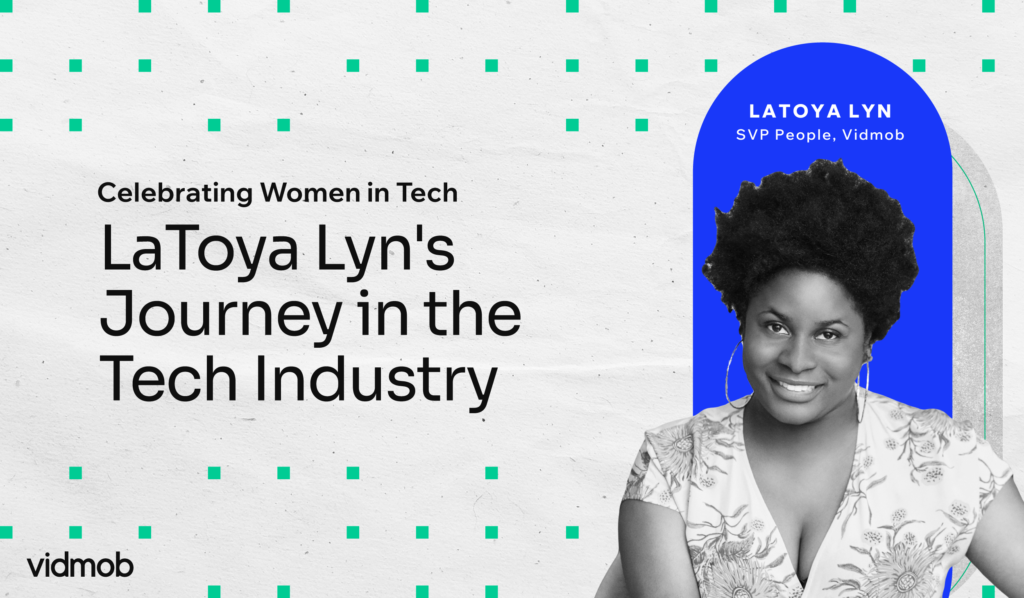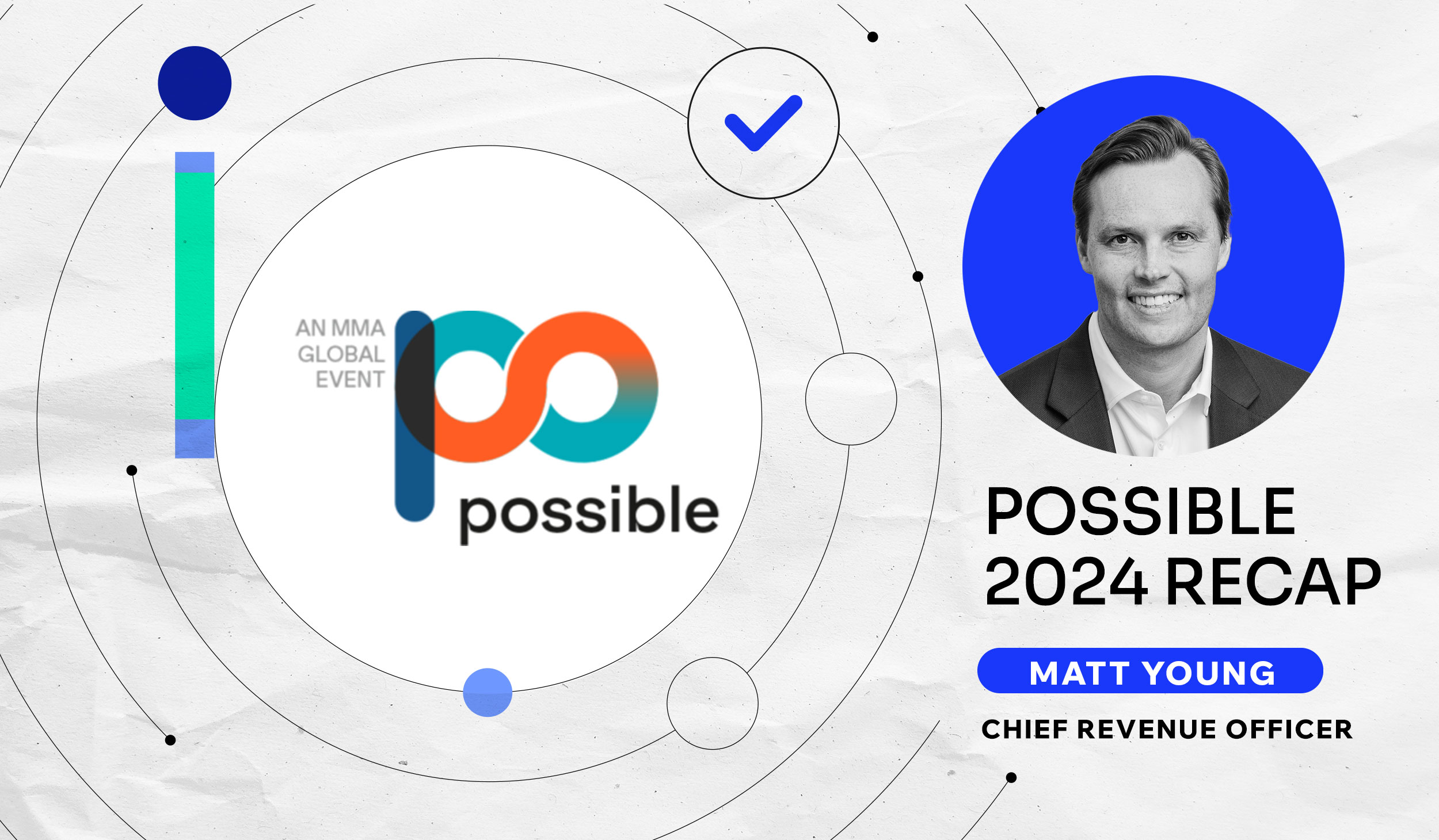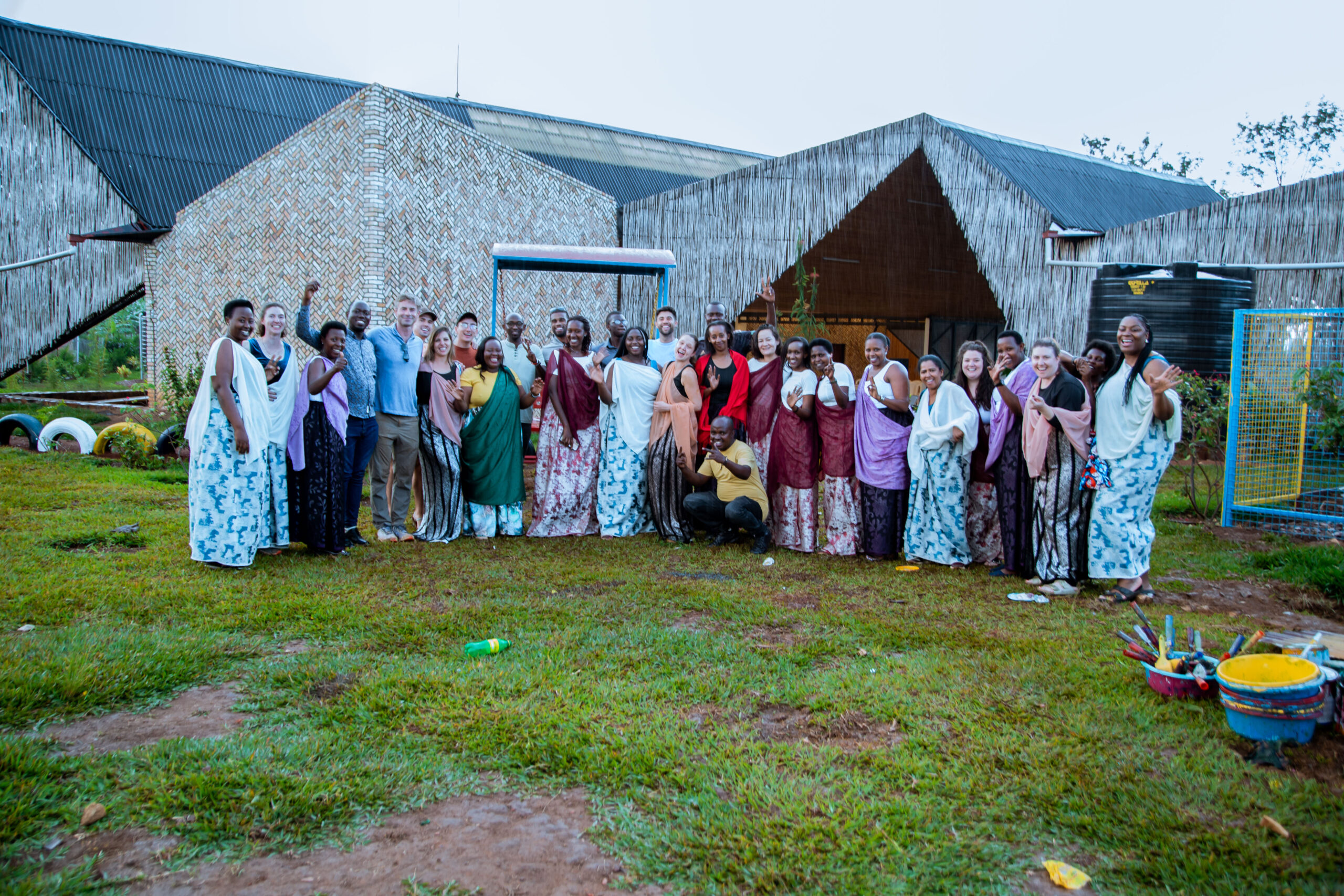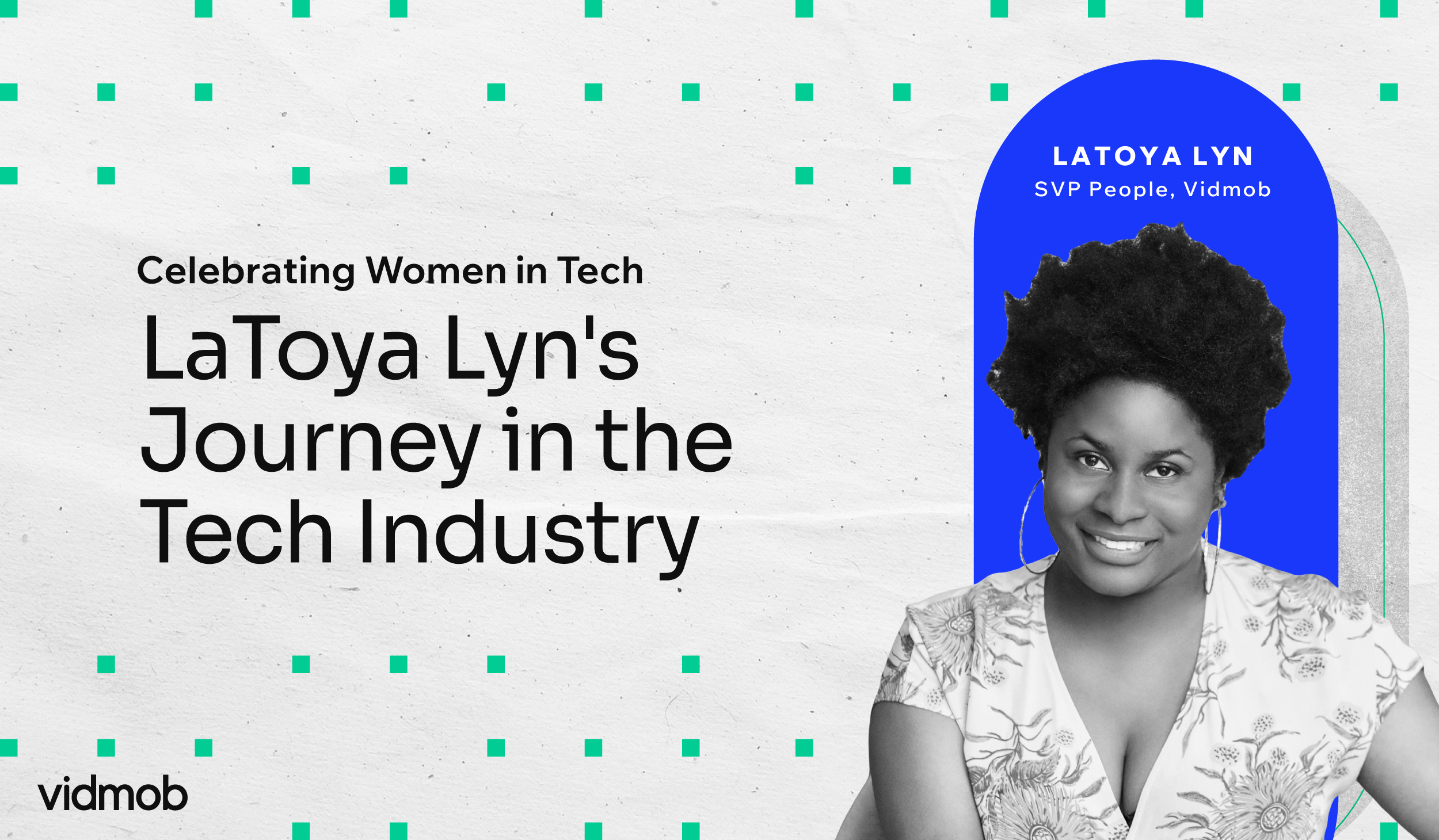Why You Need a Data-Driven Creator Strategy
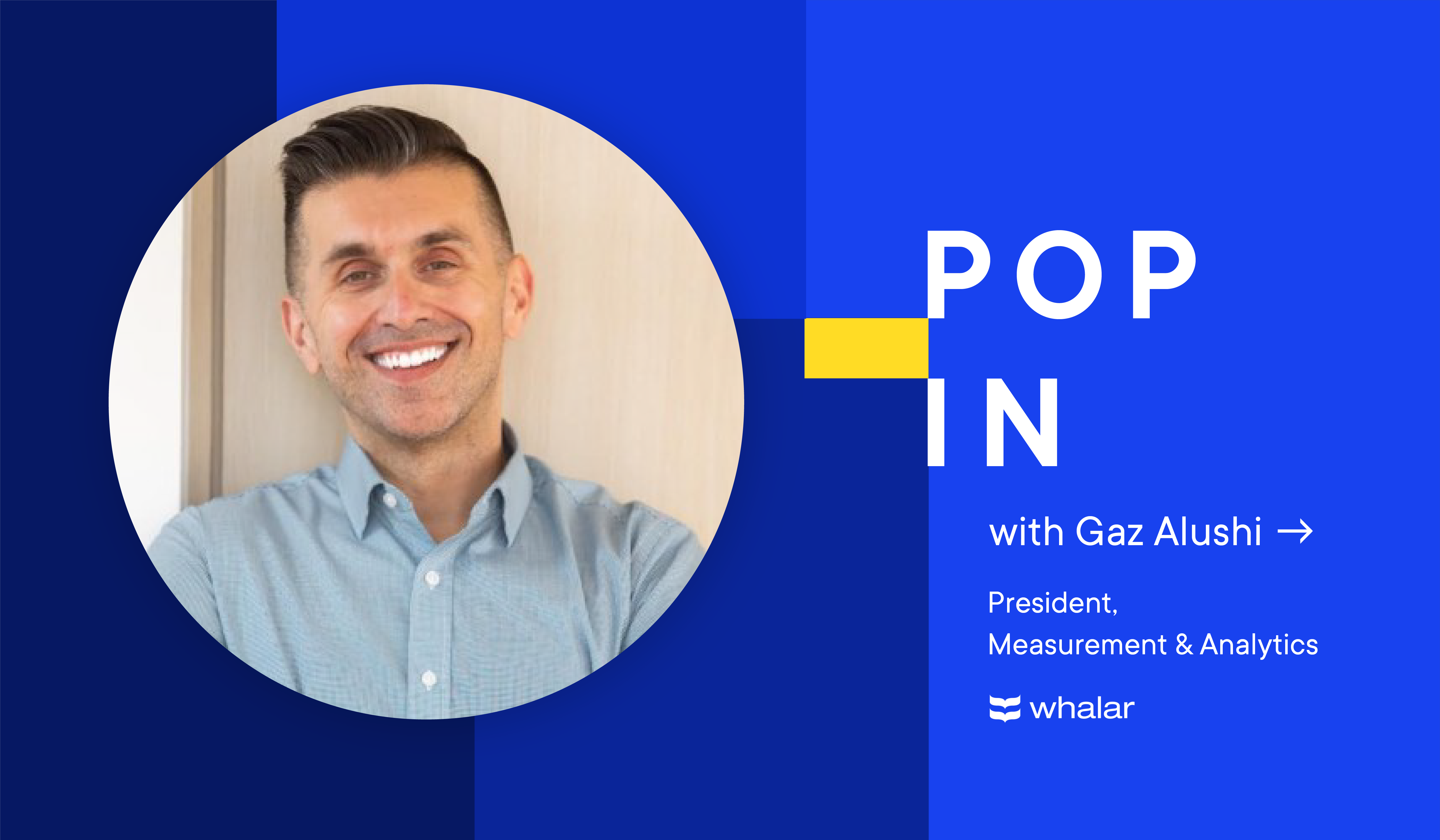
While at Cannes Festival of Creativity, we had the pleasure to sit down with a number of brand and platform changemakers from across the advertising tech industry for our Pop In interview series. In this interview, we’re joined by President of Measurement and Analytics, Gaz Alushi, from Whalar, leading creator commerce company.
What you can expect from this exclusive Q+A:
-
- What is the creator economy?
- Why does it matter for brands?
- How should it work?
- Can we measure it?
- What does the creator future hold?
Q+A
WILL
Gaz! Great to see you. Let’s dive right in. Tell us about Whalar.
GAZ
At Whalar, we believe in powering the creator economy. What I mean by that is, creators are people taking advantage of each platform and showing their creative expression. There’s millions of people now creating content and monetizing it. They’re building communities at scale and have really supplemented and changed the way we consume content.
WILL
Right on. We love the creator economy.
Tell us, do you think brands should pick a creator and then decide how their brand shows up or prioritize platforms and then find creators most relevant to that space?
GAZ
Neither actually. It should really start with the question, what are you trying to accomplish as a brand? Brands need to understand they’re being invited to the conversation, the party, so to speak and that they’re actually a guest. So what does a guest do? They bring a great gift. A great gift is what brands need to decide. Whether they’re launching a new product, trying to build equity, drive subscriptions or purchases. Once they have that objective down, then we’re able to work with a creator and bring it all to life.
WILL
Describe that partnership in its most ideal state.
GAZ
The most important thing you can do as a brand is trust the creator. This is not a media brief to a creative agency or a media company. A creator needs to be their most authentic self and speak in their own voice, so their community continues to be delighted. When there is trust, that’s when the most beautiful work is made.
WILL
That makes sense.
So you’re President of Measurement and Analytics at Whalar. What kind of measurement discipline are you trying to bring to the table as brands start working with creators more?
GAZ
My response to measurement, especially when brands ask, is always, how are you measuring everything else? MMM, MTA, brand health trackers? Use the same methodology. The biggest gap that advertisers are coming to grips with is that creators are now an actual extension of existing media plans and need to be treated that way.
WILL
One of the things that I’ve been curious about is there’s a need for brands to be original. And that’s often why I think sometimes they venture towards working with creators. There’s also a need for brands and businesses to think in terms of scale and efficiency.
Is there an intersection point at which you see those two things coming together, but not creating so many different pieces of original content that it sacrifices scale or efficiency?
GAZ
I think we’re entering a realm where scale and efficiency are subjective terms. If brands want to be effective they will need to create custom content based on best practices for each platform. And it works, our research, “Reaching the UnReachables” found that 70% of GenZ enjoy watching creator content multiple times. Do you need to reshoot and recast everything? Of course not, and that’s where creators – if they are free to express their voice and not just a tactic – deliver the most impact.
WILL
Absolutely.
In close, I’d love for you to make a little bit of a prediction about what you think is coming next. If we’re sitting down again next year, three years from now, what do you think we’re talking about?
GAZ
If we’re talking about next year, the conversation is going to pivot a lot more to creators–how do you develop media plans around creators?
I think three years from now, it’s going to be a completely changed landscape where the industry supports opt-in consumption. I think that’s been the biggest struggle for a lot of advertisers. Now more than ever, consumers are very vocal and will turn around and say, I don’t like this. I don’t want to do that. I’m in charge of what I watch. What I like is following people who bring me joy and utility on a regular basis. That’s the content I’m going to consume.
Learn more about how you can drive better performance with data to prove it.


